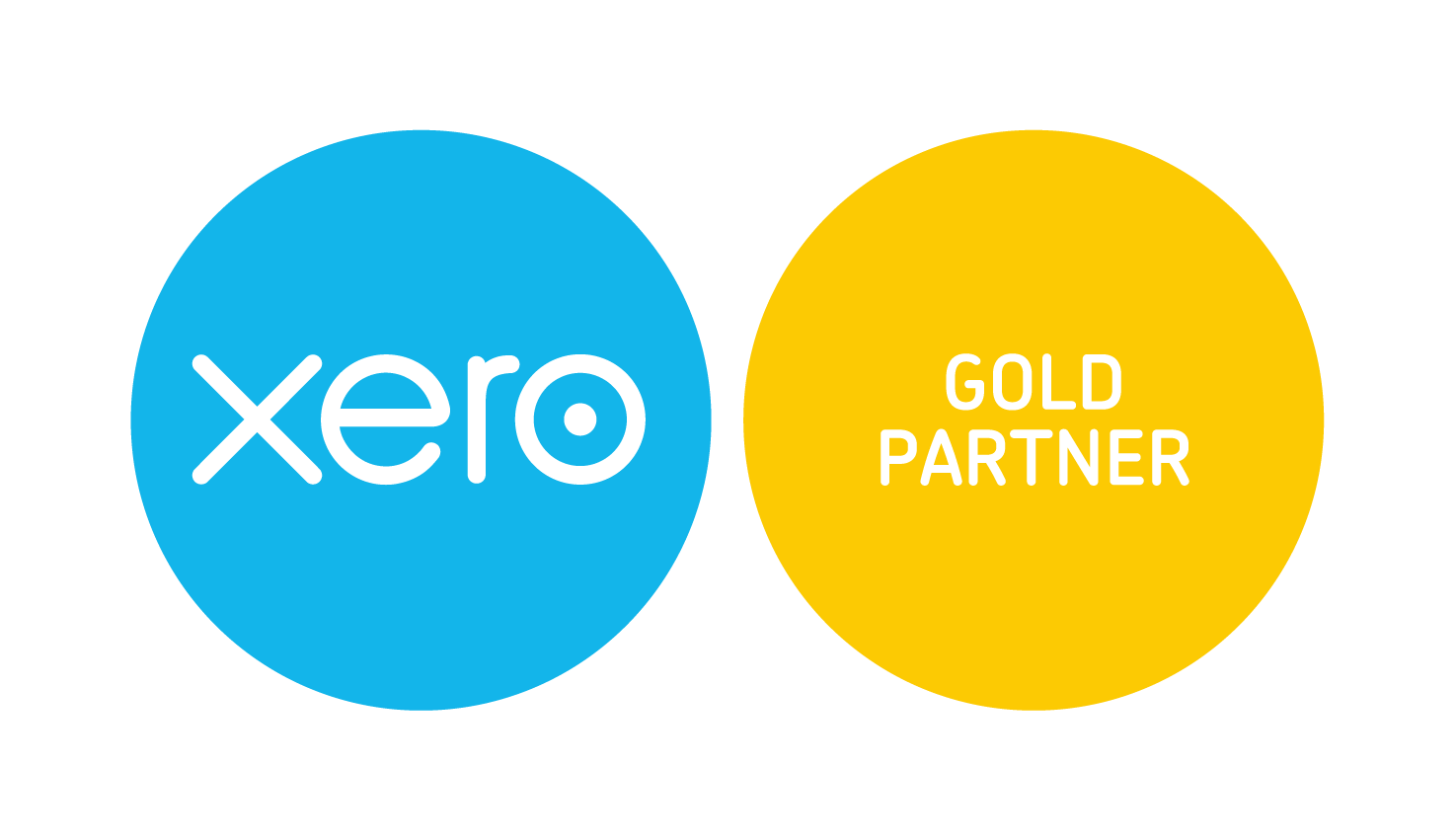What is VAT?
Value Added Tax (VAT) is a tax levied on the goods and services you buy or sell. Businesses must become VAT registered when their turnover in the past 12 months exceeds, or is about to exceed, the VAT registration threshold. This is currently £85,000.
For some businesses, it can be beneficial for them to register for VAT before they hit the registration threshold, for example if they make substantial purchases and wish to claim back the VAT that has been incurred.
VAT registration applies if you are a sole trader, partnership or operate through a limited company and the turnover threshold is calculated on a rolling 12 months, so beware, this is not necessarily the same as your last trading year!
Keeping good business records allows you to track how close to the VAT registration threshold you are so that you can plan for future growth and the VAT related changes that will be required.
The FRS (Flat Rate Scheme) is relatively low admin and suits most businesses where they have limited purchases.
We recommend moving funds at the end of each week or month from your current business bank account into a reserve account, so you always have sufficient funds to pay the bill.
How much is VAT?
- The standard rate for VAT is 20% and this applies to most items, unless they specifically say otherwise.
- There is a reduced rate of VAT at 5%, which applies to things such as domestic fuel.
- There is also a zero rate of VAT at 0%, for most food items and children’s clothing.
- Finally, some other items are exempt from VAT, such as insurance, education, charity fund raising, doctor & dentist fees.
VAT schemes
There are a number of VAT schemes. The standard scheme applies to most businesses, whereby you charge your customers VAT on the goods and services you sell and reclaim the VAT you’ve incurred on your business-related purchases.
Some businesses choose to adopt the Flat Rate Scheme (FRS) for VAT, where they pay a fixed percentage of VAT to HMRC. This is calculated on your gross turnover and in most cases, is 16.5% (unless you qualify as a limited cost trader in which case the percentage could be lower).
VAT returns
If you are VAT registered you will be required to file a VAT return with HMRC. This declares the VAT you have charged your customers (output tax). When using the standard VAT scheme, you can reclaim the vat you’ve incurred on your purchases (input tax). The difference is either a VAT payment that you need to make to HMRC, or in a few cases could trigger a VAT reclaim from HMRC.
Get In Touch
If you need help managing your VAT returns, we can help! Send us a message for a no obligation chat.
We promise to keep your details safe, and only use them to contact you about your enquiry –
if you want to be sure, you can check out our privacy policy.
Our Proud Partners






